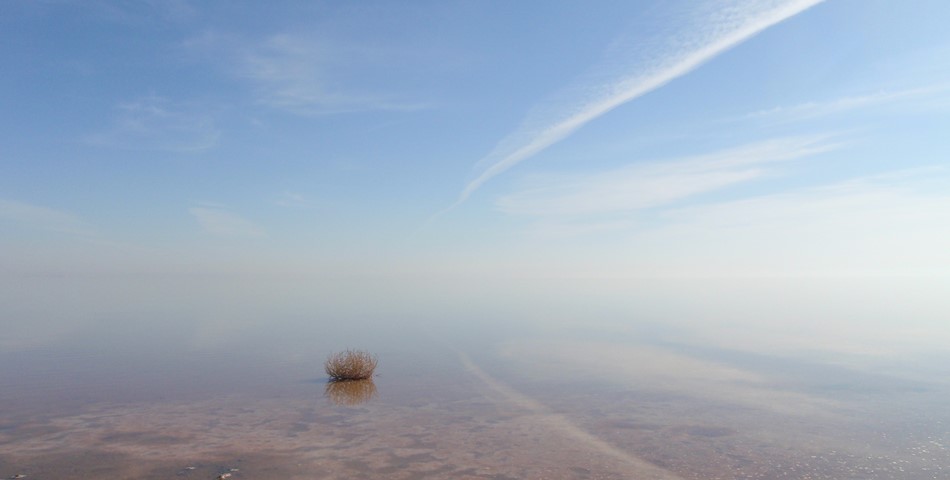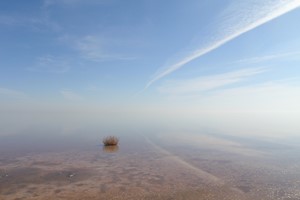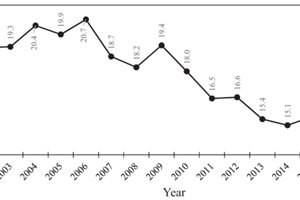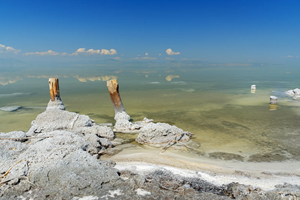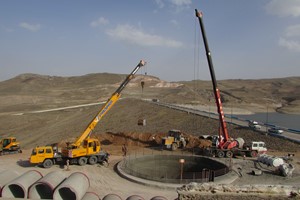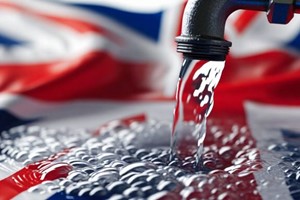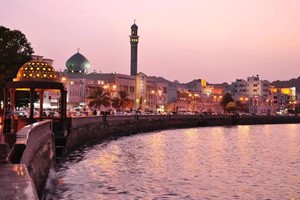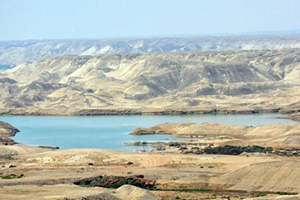Lake Urmia, a source of culture, identity and livelihood for a large portion of the Iranian population, now faces 'critical conditions', according to the United Nations Development Program.
The largest lake in the Middle East, Urmia's surface area is now only 12 percent of what it was in the 1970s. A damaging combination of inefficient irrigation methods, unsustainable water use, the over construction of dams on feeder rivers and an intense and persistent drought is thought to have accelerated its decline. This occurrence is not an uncommon one in the Middle East, or in the rest of the world.
The demise of the Aral Sea wrought havoc in Central Asia, creating issues with health, unemployment and food and water security. Accordingly, the Iranian Government has launched a restoration project, despite public disenchantment and large financial costs. Lake Urmia's demise has already begun causing issues within the region. Approximately 300,000 hectares of farmland has been affected by desertification, while salt storms (as a result of the drying lakebeds) are further affecting agricultural output.
Experts have claimed that 517 out of 700 cities and towns in Iran are now on the 'verge of a water crisis'. If the Aral Sea is any indicator, then public health may also stand to suffer if the lake continues to diminish. Toxins and chemicals that have accumulated on lakebeds may now be swept into cities and towns nearby as lakebeds become dry and exposed. Ultimately, if Lake Urmia is not revived in the near future, it is likely that those within a 100 kilometer radius of the lake may be forced to leave the area over the coming years.
The restoration project has a sound structure and sensible approach. It plans to first stabilize the lake to prevent further water loss and then increase water supply, completely restoring the lake by 2023. The lake requires approximately 3.1 billion cubic meters of water annually to survive. To date, the project has seen close to three million cubic meters of water released back into the lake; this has been achieved by opening up the Mahabad Dam to Lake Urmia and reconnecting the Simineh and Zarrineh Rivers to the lake.
Given that the damming of feeder rivers was partly responsible for drying the lake, reconnecting and channeling rivers back into it is a promising long-term solution. The government is now working with the local farming community to reduce agricultural water use by 30 percent, through educational programs that encourage sustainable water use. So far, the project has seen a nine centimeter increase in the lake's surface water, which is definitely a laudable start. It is difficult to ascertain, however, whether the improvement is entirely attributable to the restoration project, or simply the region's higher than average rainfall levels in the 2015/16 period.
It is also difficult to predict whether the project will completely restore the lake. Iran has recently emerged from ten years of economic sanctions, which resulted in negative or minimal growth rates within the country, creating a perpetually struggling economy and money stressed government. The first phase of the project has cost the recovering economy USD500 million so far. Even with the financial and resource assistance of Japan, only 30 percent of the project's budget has been met. A sanction free future, however, could herald a more positive economic future for Iran and Japan's involvement in the project could attract more international assistance.
Questions remain about the possibility of reviving the lake. Other efforts to revive critically declining lakes, in Bolivia and the United States for instance, tend to be unsuccessful. Richard Stone, a British science journalist who recently visited the lake, has argued that theoretically, the project could be successful. In practice, assuming the climate conditions remain stable, the main inhibitor is how the project's participants, primarily local farmers and other water users in the region, respond to measures to recover the lake. While it is not certain that the lake will completely recover, as long as water management continues to take place as it has for the past year, it is clear that the next few years will see improvement in the lake's water levels.



